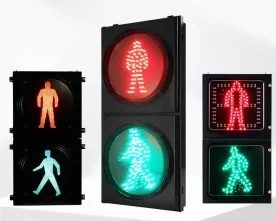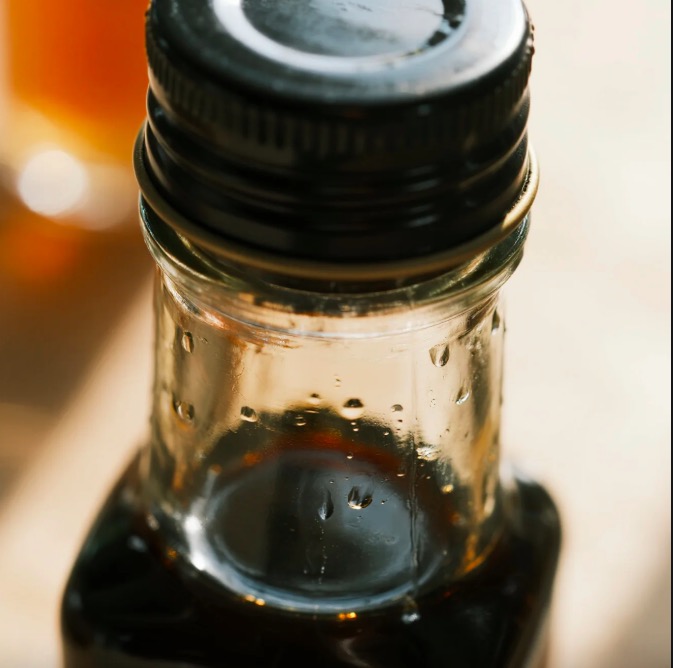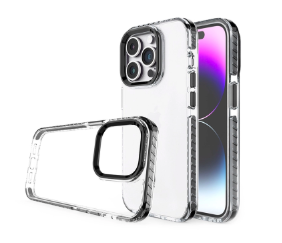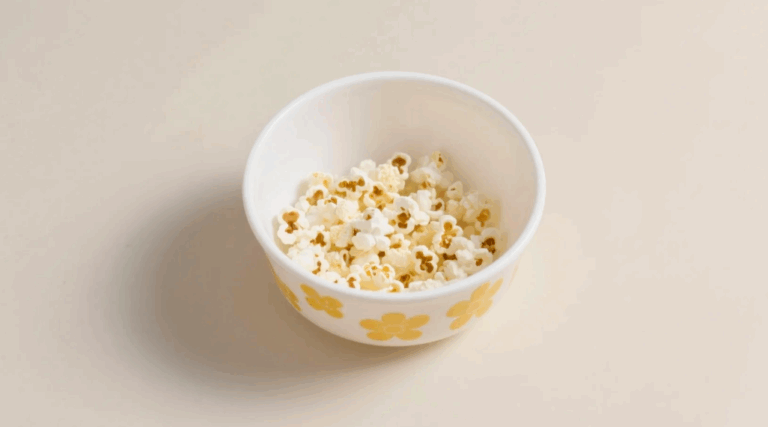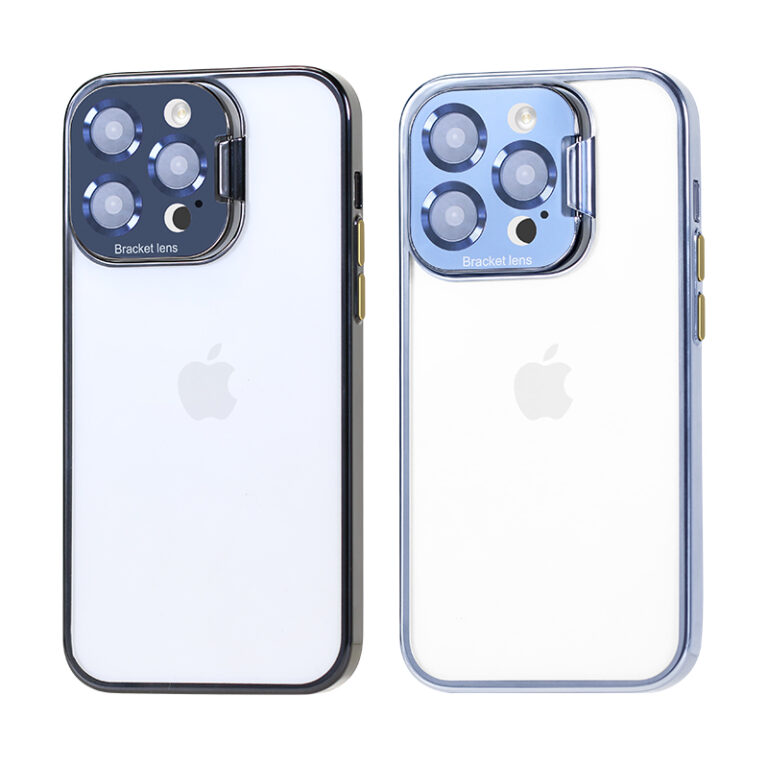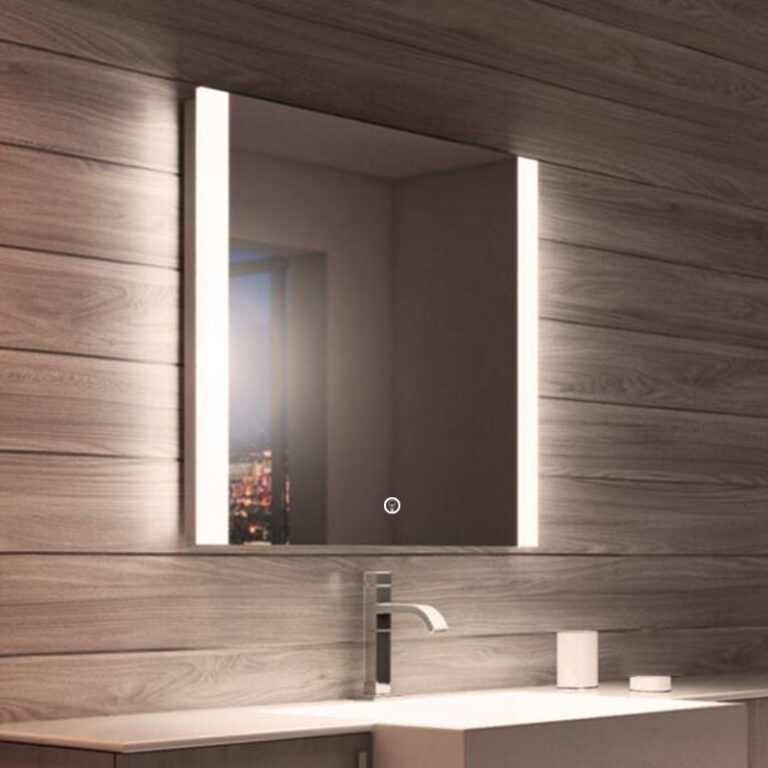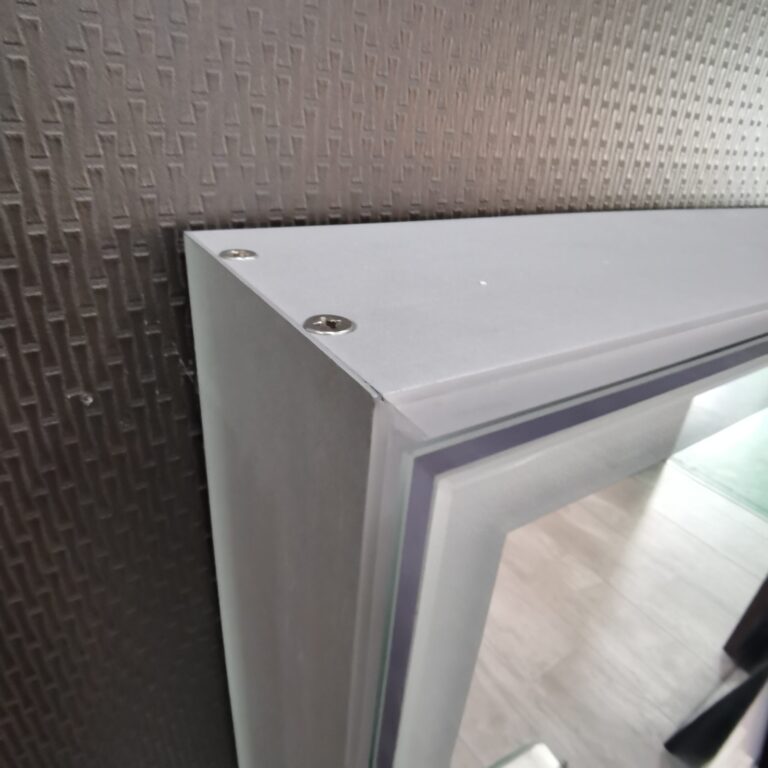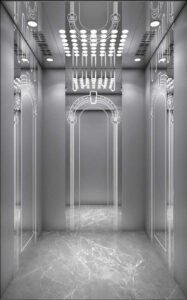Table of Contents
Introduction to FTTH Drop Patch Cord Types
In fiber optic networks, selecting the right FTTH Drop Patch Cord type is crucial for achieving optimal performance and reliability. Different patch cords vary by fiber type, connector style, jacket material, and application environment. Understanding these variations helps installers and network designers choose the best option for specific scenarios, ensuring seamless connectivity and network stability.

Common FTTH Drop Patch Cord Types by Fiber and Jacket Material
Single-mode vs. Multimode Fibers
- Single-mode FTTH Drop Patch Cords utilize G.652 or G.657 fibers optimized for extended reach with minimal signal loss. These fibers have a core diameter of about 9 microns, supporting bandwidths beyond 10 Gbps. Single-mode cords are typically used in FTTH deployments because they maintain signal integrity over extended distances, often exceeding 20 km.
- Multimode cords, with larger core diameters of 50 or 62.5 microns, support shorter distances and are common in enterprise environments but less so in FTTH due to higher attenuation and modal dispersion.
Jacket Material Variants
- LSZH (Low Smoke Zero Halogen)jackets are popular for indoor FTTH Drop Patch Cord. They emit minimal toxic gases and smoke during fires, meeting stringent building safety codes. LSZH jackets have typical tensile strengths of 100–200 N and temperature ratings between –20°C and +60°C.
- PE (Polyethylene) jackets are common for outdoor use. These jackets resist moisture, UV radiation, and temperature extremes from –40°C to +85°C. PE jackets offer tensile strengths often exceeding 300 N, providing excellent mechanical protection in harsh conditions.
- Armored jackets include metal or corrugated steel layers beneath the outer jacket for environments with higher crush and rodent risks. These cables can endure crush forces up to 1500 N, providing superior mechanical strength and extended service life.
FTTH Drop Patch Cord Connector Types and Compatibility
Connector choice in an FTTH Drop Patch Cord affects both compatibility and signal quality. LC connectors, with a small 1.25 mm ferrule, are common in high-density areas like data centers due to their compact size and secure snap-in design. SC connectors feature a 2.5 mm ferrule and are commonly used in legacy systems due to their robust design and ease of handling. FC and ST connectors are less common today but remain in some industrial or older networks.
Connector polishing impacts performance. UPC polish offers low insertion loss (~0.2 dB) and moderate return loss (~50 dB), suitable for most indoor FTTH uses. APC polish, angled at 8°, reduces back reflections and achieves return loss over 60 dB, critical for sensitive networks like GPON. Choosing the right connector and polish ensures the FTTH Drop Patch Cord meets both mechanical and optical needs of the installation.

Specialized FTTH Drop Patch Cord Types for Application-Specific Needs
- Bend-Insensitive FTTH Drop Patch Cords
Designed with G.657A or G.657B fibers, these cords tolerate bend radii as small as 7.5 mm without significant signal loss. Ideal for indoor residential installations with tight routing constraints, they reduce attenuation increases by up to 0.1 dB per bend compared to standard fibers. - Pre-terminated FTTH Drop Patch Cords
Factory-assembled cords with pre-polished connectors streamline field installation, cutting deployment time by up to 60%. They also reduce human error and ensure consistent optical performance, with insertion loss typically under 0.2 dB and strict factory testing before shipment. - Armored and Ruggedized FTTH Drop Patch Cords
Suited for outdoor and harsh environments, these cords combine protective jackets with strength members such as aramid yarn or fiberglass rods. They resist crushing forces exceeding 1000 N and provide excellent resistance to UV, moisture, and rodent damage.
Applications of Different FTTH Drop Patch Cord Types
- Residential Installations
Single-mode, bend-insensitive cords with LSZH jackets and LC connectors are standard. Compact cables enable easy routing through walls and conduits, supporting gigabit internet services up to 20 km from the central office. - Commercial and Enterprise Environments
High-density panels require LC connectors and multimode cords for shorter runs inside buildings. Armored cables are recommended in environments with high risk of physical damage. - Outdoor and Harsh Conditions
PE or armored jackets are mandatory to protect against environmental hazards. Outdoor-rated cords maintain performance despite temperature swings and moisture exposure, ensuring network uptime in demanding conditions.
Conclusion
Understanding the types and applications of FTTH Drop Patch Cords enables network professionals to tailor solutions for maximum reliability and performance. Matching fiber type, connector style, jacket material, and specialized features to the deployment environment minimizes signal loss and physical damage risks. Thoughtful selection of FTTH Drop Patch Cords contributes directly to robust fiber networks and enhanced end-user experience.
0
